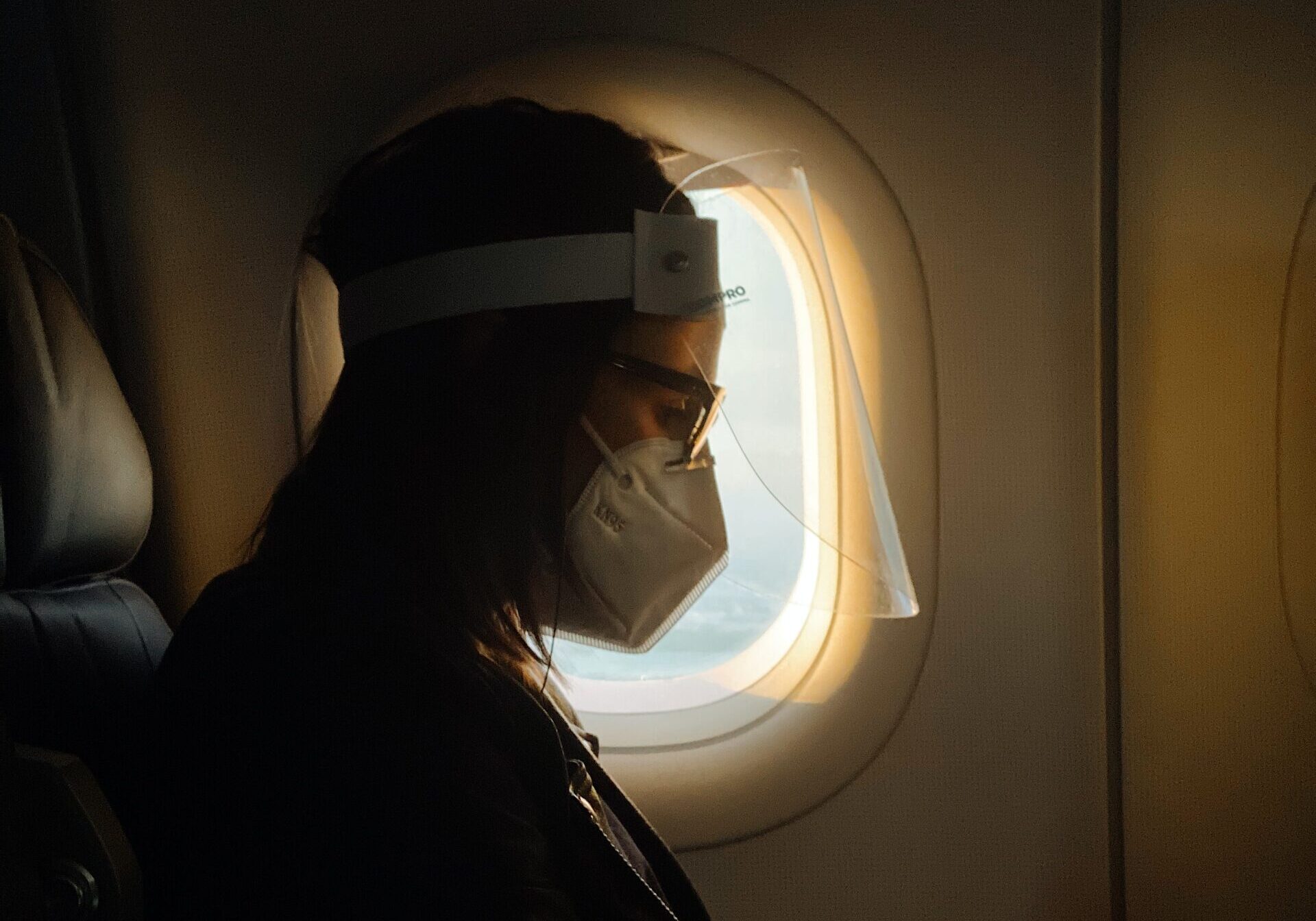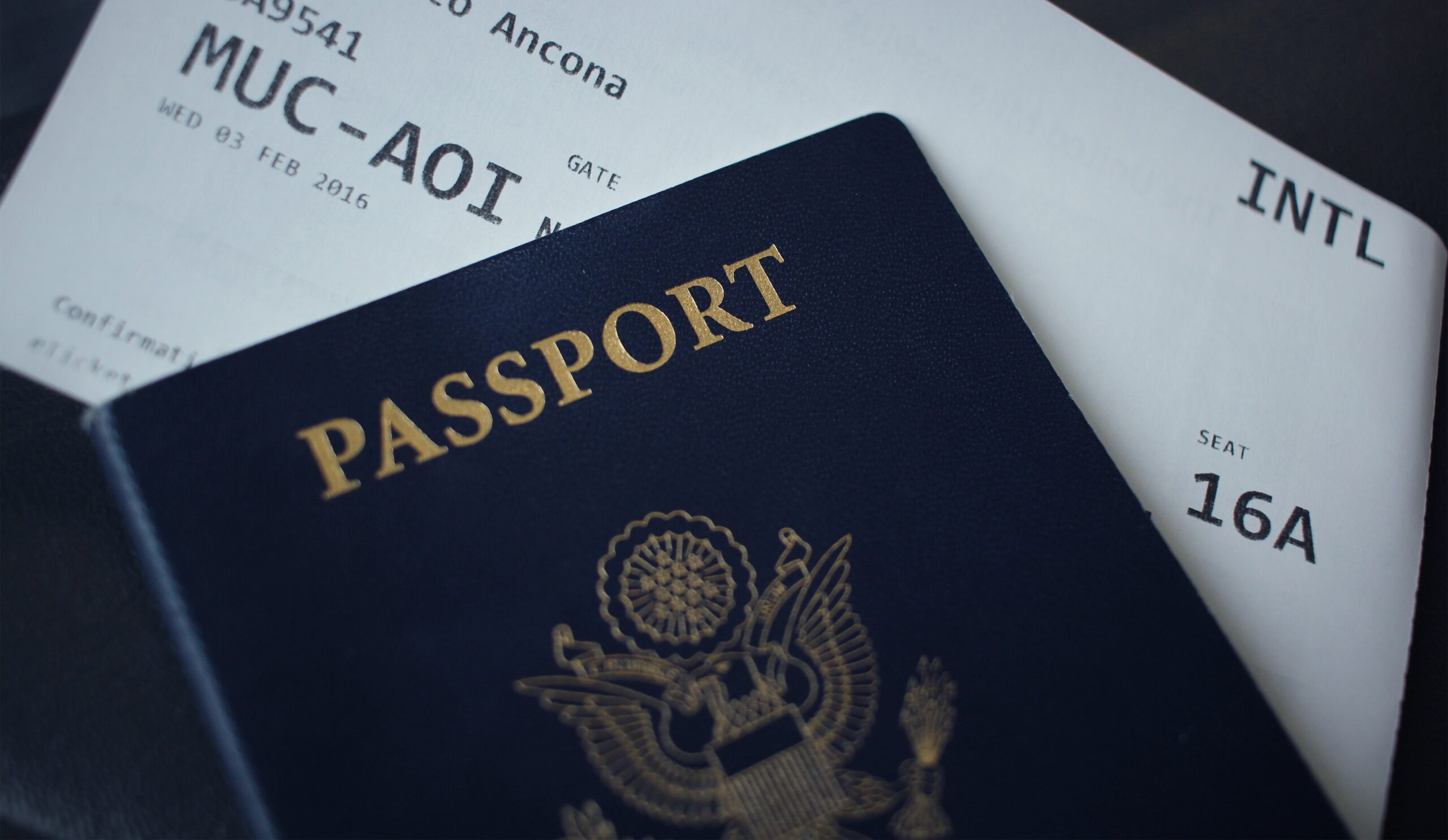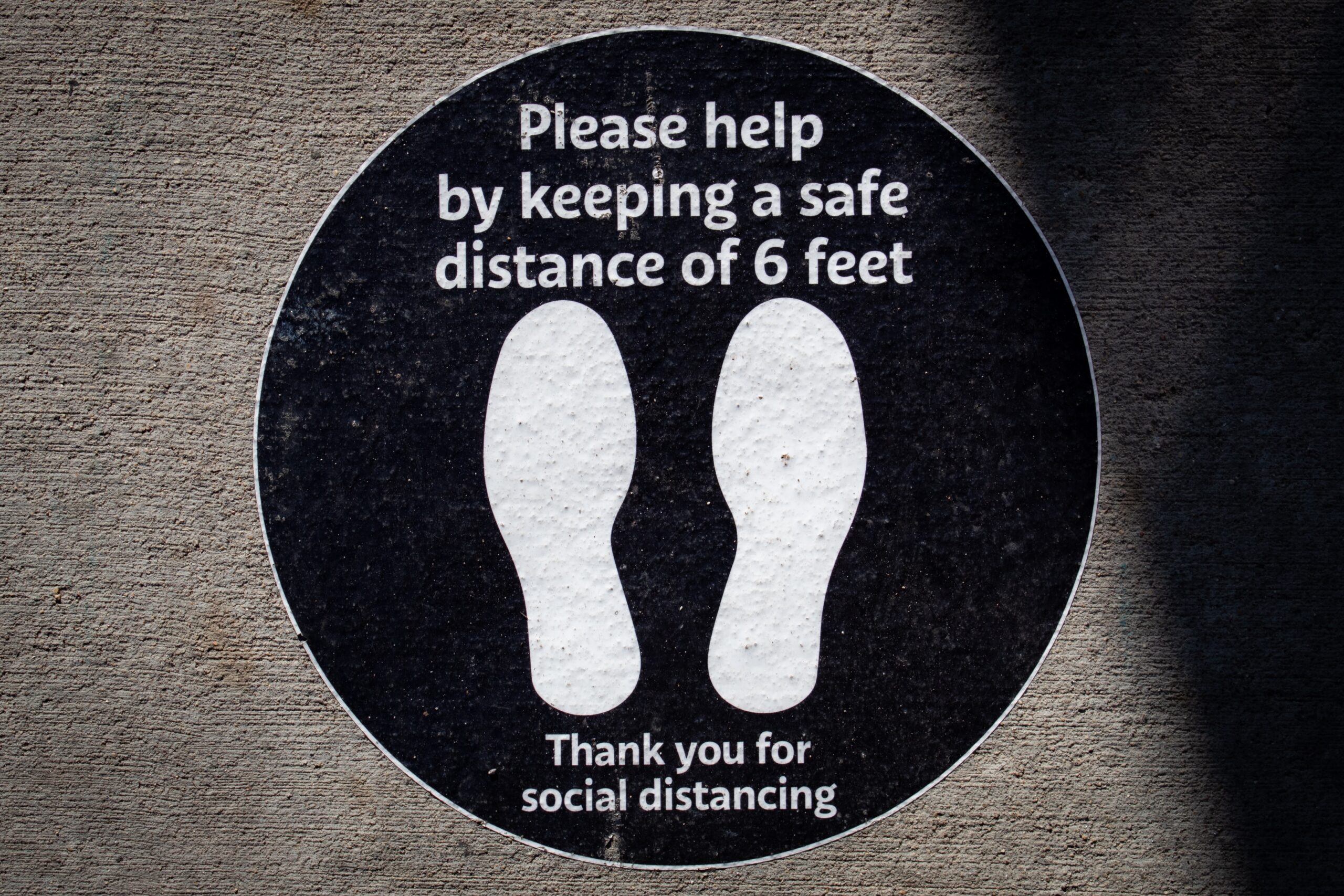You’re probably looking to plan a vacation after spending the majority of the previous year at home. Vaccines are becoming more widely available, and travel restrictions are being laid back worldwide due to COVID-19. Surely, you’re excited to see friends and family you’ve been avoiding socially — or to go to a new destination you’ve wanted to visit — you might be concerned about how to get there safely. You must bring some essentials with you on any tour, whether it is an overseas trip, a local vacation, or a cross-state road trip. In the excitement of the upcoming visit, we always lose sight of what we need to carry for the vacation and miss several useful everyday things. These things may be as basic as a shampoo or as essential and vital as a passport or ID, which is counterproductive to your restful getaway. This is especially important in a world that is only now beginning to recover from the impact of the Coronavirus pandemic.
1. First-Hand Preparation
The first thing you should do is to be entirely prepared before your trip. I recommend that you need to plan ahead of time and take notes of what you should keep in mind 3 months before the vacation. Check your flight tickets, re-confirm the dates and times and check the validity and conditions of your passport. If you’re planning on an international trip, research its visa requirements and, if necessary, begin an application. Make a detailed budget and begin saving for your journey. Also, check in with the doctor and dentist regularly. It’s necessary to re-check your plan 1-2 months before your trip. Finalize your decision on your travel itinerary and accommodations. If you are traveling outside of the country, try to learn a little of the local language. Make duplicates of your travel documents and other paperwork and get travel insurance.
2. What Protective Gears to Bring
Your safety is still the most important that is why protective gear will be your best friend for the whole trip. Going to public spaces requires wearing face masks that will cover your nose and mouth. Also, as an added security precaution inside the flight, it is recommended that you wear protective visors, washable gloves and N95 masks. Bringing a travel-sized sanitizer as well as disinfecting wipes for frequently handled surfaces such as doorknobs, handles, seats, and buttons would go a long way toward protecting yourself. Just make sure that you will wash your hands frequently.

3. What Travel Bag to Choose
A Duffel bag is the best choice for a short or domestic tour. These bags are lightweight, long-lasting, and simple to transport. It can be slung over your shoulder, held in your hands, or carried like a regular backpack, making it a highly convenient choice. If you’re going on a relaxing vacation and want to travel light, a carry-on is a way to go. This effectively means that you bring one medium-sized bag containing all of your necessities. When packing light, make sure you don’t leave out any essentials, such as medications.
A wheeled backpack is an option for adventurers. If your trip will involve constantly shifting environments, like rivers to cobbled streets, carrying a bag that can roll or be carried like a backpack or duffel can be helpful. If you’ll be traveling in a city with fresh, clean roads and sidewalks, rolling luggage is the way to go.
4. What Travel Documents To Secure
Out of everything mentioned in this article, travel documents is the major thing that you will be needing. You need to make sure that you brought all your travel documents like your passports and visas, travel insurance, personal identification/student identification cards, international credit/debit cards and
Certificates/documents of health benefits. To ensure a smooth trip, keep your passport accessible for security checks and bring a printed copy of your ticket whenever possible.

5. What Clothes to Pack
Dress for the atmosphere, landscape, and temperature of the place rather than dressing fancy or elegantly for the best travel experience. It implies you will need to pack wisely and prefer clothing that can be used on more than one occasion. With that being said, any clothes are regardless of where you’re going. Shorts, slacks, sneakers, and sweatshirts are all essentials for any outing.
I recommend clothing such as Long-sleeved shirts, sweaters or fleece jacket, t-shirts and tank tops, pants and shorts, belts, socks, comfortable shoes, rain jacket or umbrella, pajamas/sleepwear, inner wears, dresses and skirts, sunglasses, scarf or bandana, and lastly swimsuit or swim trunks that are lightweight.
6. What Gadgets To Include
It is crucial in an increasingly digital environment that you do not neglect your electronic devices or chargers. Most of your tickets and credit card purchases are likely to be on your smartphone, and you don’t want to run the risk of not preparing your phone’s charger and being stuck in an unfamiliar location. Bringing these things will help you have a hassle-free trip: smartphones and laptops, chargers, a universal adapter, airpods or earphones, electric converters, and a power bank.

7. What Toiletries to Have
Since these are personal products that play a significant role in your health and hygiene, your toiletry packing list is probably the most relevant on the list. Ensure liquids, gels, and creams are more petite than 100ml per bottle, as most airports would flag them if they are larger than that. Pack your essentials in a ziplock bag to access what you’re searching for quickly and to potentially prevent your belongings from being checked at airports.
Items such as toothbrush, toothpaste, floss, mouthwash, hairbrush, hair ties, deodorant, shampoo and conditioner, sunscreen, and SPF face lotion are needed on your toiletries bag. Wet wipes/tissues, face wash, the beauty bag, and a makeup remover are also recommended. Also included are basic medications, razors, and personal hygiene products. If you wear contact lenses, make sure you have extra contacts, a solution, and a contact case.
8. Things that You Should be Mindful of while Traveling
Distancing oneself from others, both socially and physically, has become the new normal. Guarantee that you are at least 3-6 feet away from others at all times, even though they are wearing protective clothing. Sneezing or coughing into your elbow is an excellent way to practice hygiene. Use alcohol wipes to clean surfaces you use, and thoroughly sanitize your hands after coming into contact with any public surfaces. In addition to your mask, you’ll be able to wear a protective visor over your face when flying. Even if it is not needed, it is highly recommended that you do so for your protection. Wearing full-sleeved clothing and gloves will also help to reduce the chances of contracting an infection. Travel insurance is now a must-have item, and you should consider purchasing one if you travel. Make sure your travel policy includes emergency medical assistance or evacuation, as most visas require it.

Disclaimer:
Please note that this article is written for inspiration and a better future travel experience only. This does not mean we encourage our readers to travel during the pandemic. To someone who wishes to travel this time, we would recommend to our audience to please check and follow the Travel Advisories for your intended destination and choose the method that works best for you. Also, the details above may vary to change at any time.


















